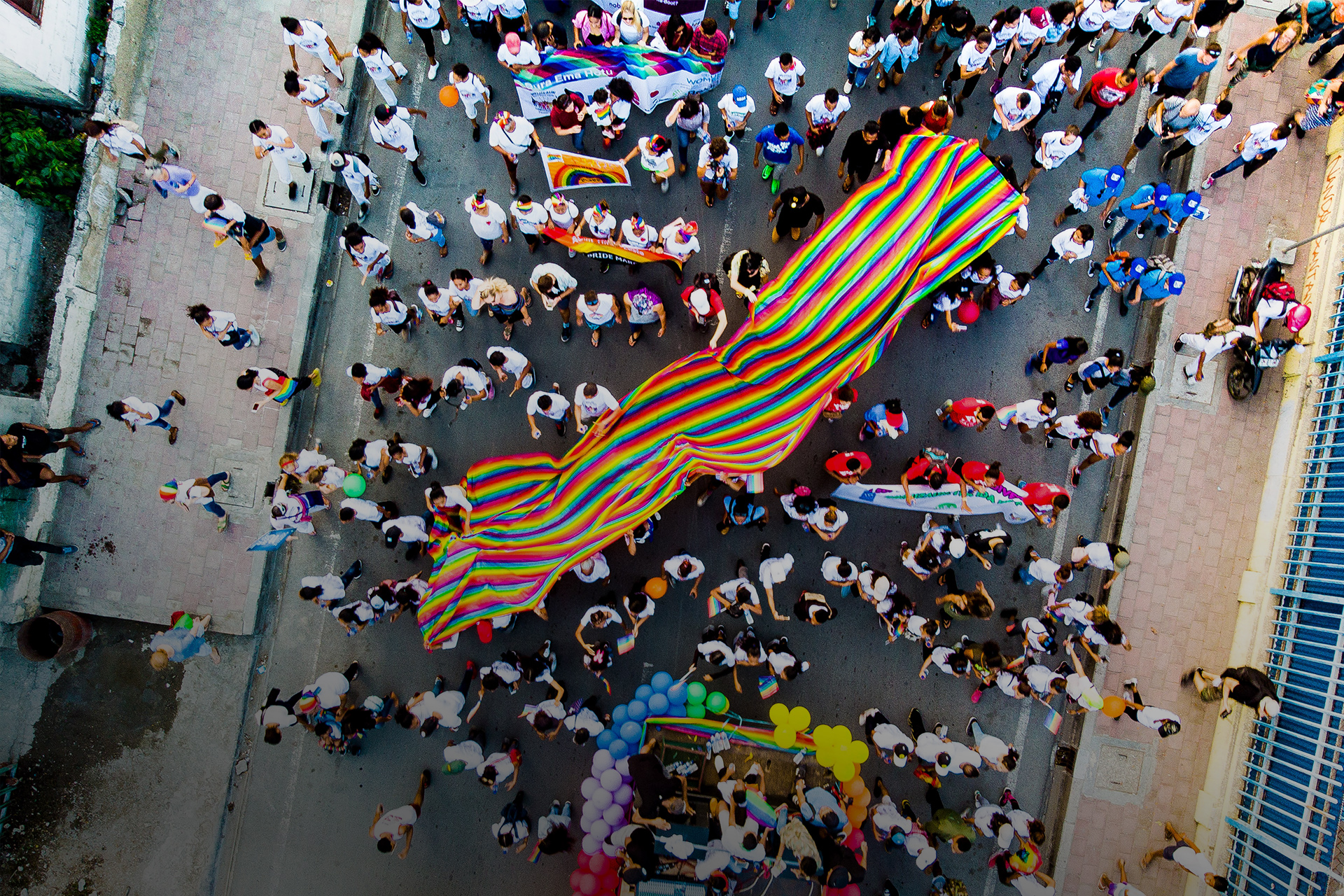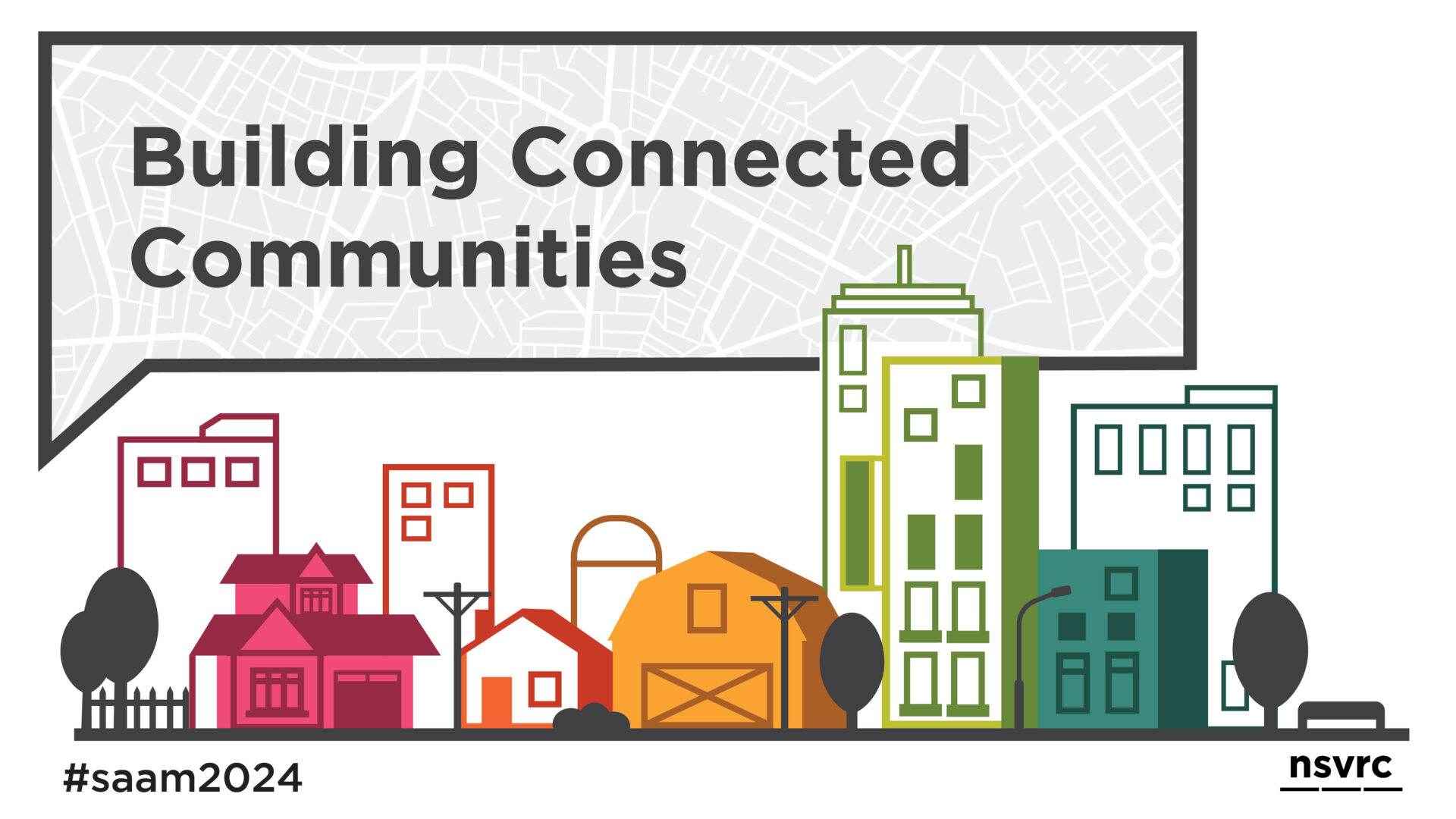I am not free while any woman is unfree, even when her shackles are very different from my own.
Audre Lorde
As Pride Month begins amidst the current uprisings for Black lives and against police brutality, it is timely to be reminded of this month’s origins. The first Pride celebration was a riot against police in which transgender women of color played central leadership roles.
On June 28, 1969, police raided the Stonewall Inn, a gay bar that catered to the most marginalized people in the queer communitiy. This was a common occurrence for bars that welcomed queer people. At the time, most states still had sodomy and cross-dressing laws that criminalized queerness and queer bodies. Police raids on gay bars occurred on average, once a month for each bar. The standard procedure being that police would make arrests while those who weren’t arrested would quickly leave the scene. However, the Stonewall raid was different that night:
“It was the last straw,” said Michael Fader, a Stonewall Inn patron. “It was time to reclaim something that had always been taken from us… All kinds of people, all different reasons, but mostly it was total outrage, anger, sorrow, everything combined, and everything just kind of ran its course… There was something in the air, freedom a long time overdue, and we were going to fight for it. It took different forms, but the bottom line was, we weren’t going to go away. And we didn’t.”
This particular police raid was met with days of civil unrest, which would later be known as the Stonewall Riots. Considered one of the most pivotal moments in queer activism, it birthed the first gay pride marches in New York, Chicago, Los Angeles, and San Francisco the next year.
The legacy of Stonewall lives on, but there is still work to be done.
The contemporary LGBTQ+ movement is one that grapples with intersectionality. It creates space to acknowledge that a shared identity does not eliminate racism, transphobia, and other forms of oppression. Given the historical criminalization of queerness and of Black and Latinx communities, it is unsurprising that QTPOC (queer and trans people of color) are overrepresented in the juvenile and criminal legal systems.
While it is impossible to know the exact numbers of LGBTQ+ youth within the system since sexual orientation, gender identity, and gender expression data is not regularly collected, one study shows that as many as one in five young people in the juvenile justice system identifies as LGBTQ+ and 85 percent of those youth are youth of color. Young LGBTQ+ people are more likely to end up in the juvenile justice system for “survival crimes” such as prostituion, which they engage in to buy basic necessities. These disparities are most stark among Black and Latinx transgender people. In one state, transgender people carrying condoms is enough evidence to cite for prostitution.
LGBTQ+ people who are arrested and imprisoned can also face higher rates of severe abuse in prisons. Impact Justice works to mitigate some of this abuse in confinement. The PREA Resource Center was created to promote sexual safety and protections to trans and gender non-conforming people in confinement. It has made it safer for LGBTQ+ people to disclose sexual abuse in confinement settings.
At Impact Justice, we are inspired by the resilience of the LGBTQ+ community and we commit to centering the most marginalized voices in our collective pursuit of liberation.



